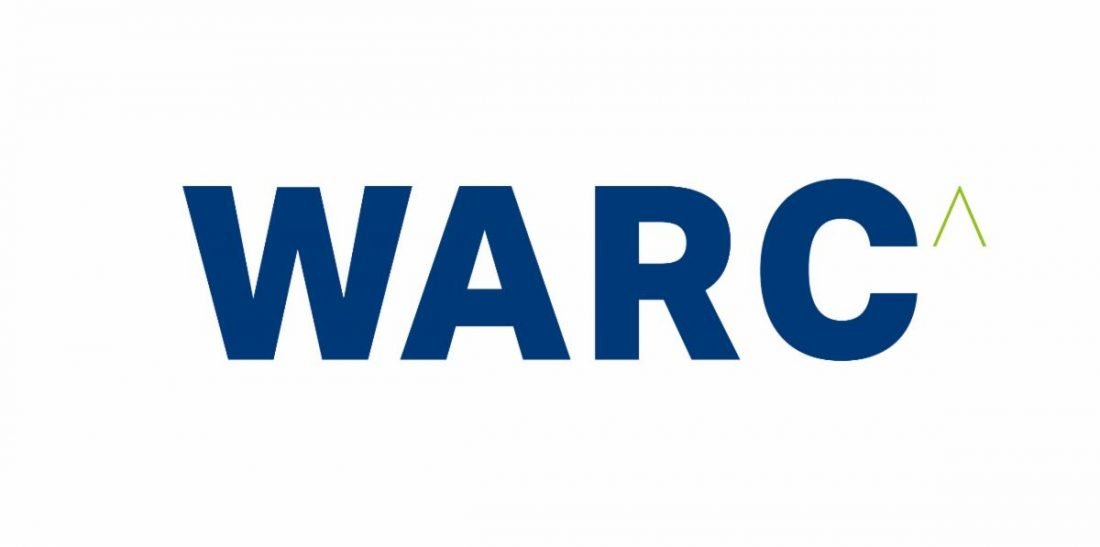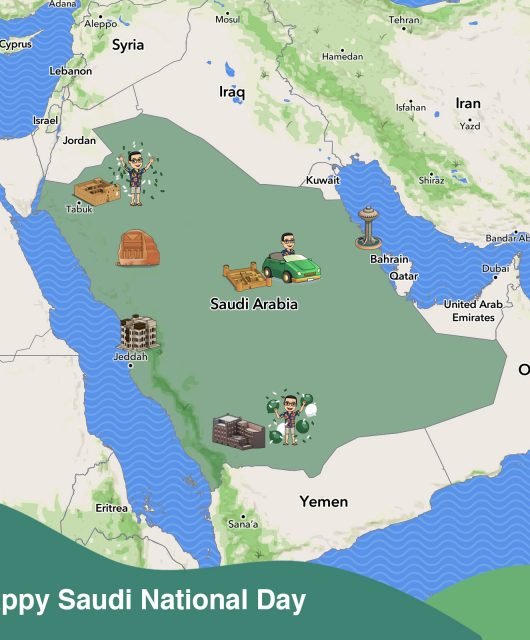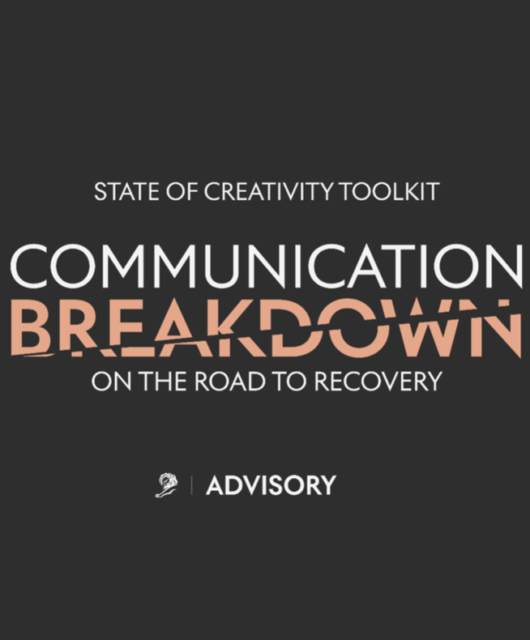4 February 2021 — WARC, the global authority on marketing effectiveness, has today released an insights report examining current effective marketing trends following an analysis of the winning case studies from the 2020 IPA Effectiveness Awards, an international biennial competition rewarding campaigns that link marketing effectiveness to business success.

Kay Heenan, Marketing Manager, Effectiveness, IPA, commented: “In these tough times, justifying marketing spend to the boardroom is more vital than ever. Which is where the Effectiveness Awards play a vital role – in winning such an accolade, these agencies and clients have demonstrated robust proof of the payback and power of their marketing communications. We are therefore delighted to team up with WARC to showcase the lessons from the 2020 winning case studies to elevate industry learning and fuel future effectiveness.”
Chiara Manco, Commissioning Editor, Case Studies, WARC, says: “We’ve analysed the metadata of the winning entries to establish themes and trends to help advertisers, agencies and media owners have a more in-depth understanding of what typifies effective advertising.
“Included in the report are many winning cases studies showcasing short- and long-term activations that build a brand or deliver short-term goals, both of which will help marketers rise to current challenges.”
The key insights from the winning campaigns of the 2020 IPA Effectiveness Awards uncovered by WARC are:
1. Both short-and long-term activations can sustain the brand and deliver gains: marketers must think holistically and not position brands against performance but alongside it.
2. Challenger thinking is being adopted by brands of different shapes and sizes. It no longer remains confined to young upstarts.
3. Consistency is key to long-term brand growth, though can be more effective if given a twist. For instance John Lewis finding a new spin on ‘thoughtful gifting’ every Christmas.
4. Robust data to facilitate decision-making, a commitment to brand creativity and an effectiveness culture are vital to closing the board-brand rift.
5. Distinctive assets can work harder for brands at a time when budgets are shrinking.
6. Best practice is relative to factors such as brand size, audience and goals. Smaller brands, for example, can afford to be more experimental as they grow. Considering these components ensures the most effective selection of channels.
|
A complimentary sample report can be downloaded here. The full report, available to WARC subscribers and IPA members, includes full chapter analysis of the themes, data and infographics, case studies and expert industry commentary. |







